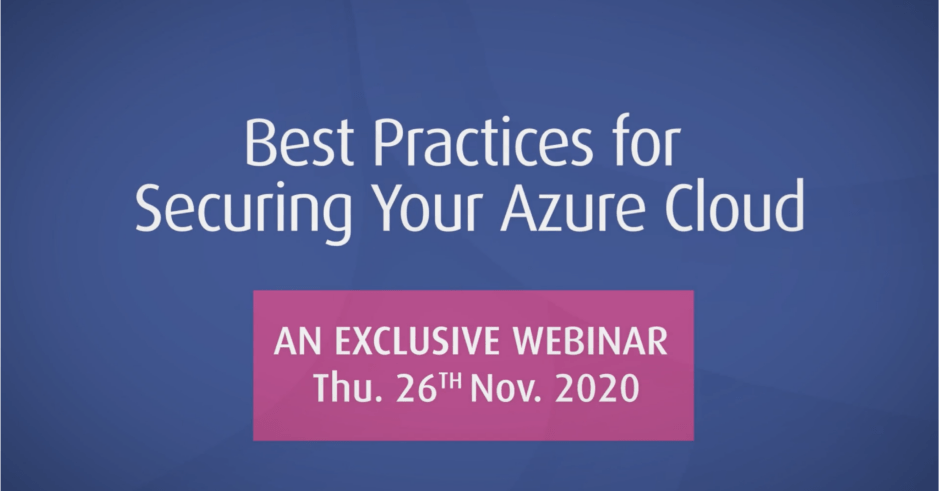Security is key to a successful migration to Azure and our recent event in partnership with Check Point and Microsoft demonstrated just how you could do with cloud security best practices. The session was highly interactive, demonstrating practical advice and knowledge for attendees to action.
In the past year, organisations have had a powerful reminder of the need for them and their systems to be agile, adaptable, scalable and reliable. Given the way businesses are operating today, Cloud appears to be the way forward for most, if not all, of us but most organisations are still struggling to understand Cloud and the associated security implications. As data is a valuable resource for many modern businesses, securing your Cloud to keep that data safe is integral. The session, which you can now watch on-demand here, touched on many aspects of Cloud security, with a focus on Azure Cloud.
When it comes to Cloud, it is worth the risk
Making the move to Cloud will always have its risks, yet it’s how you handle it that affects the success of your move and it’s wider integration. Moving to Cloud has a number of advantages including its Agility, Availability, Scalability and Lower Cost that is driving many businesses to make the move (as seen in the below image).
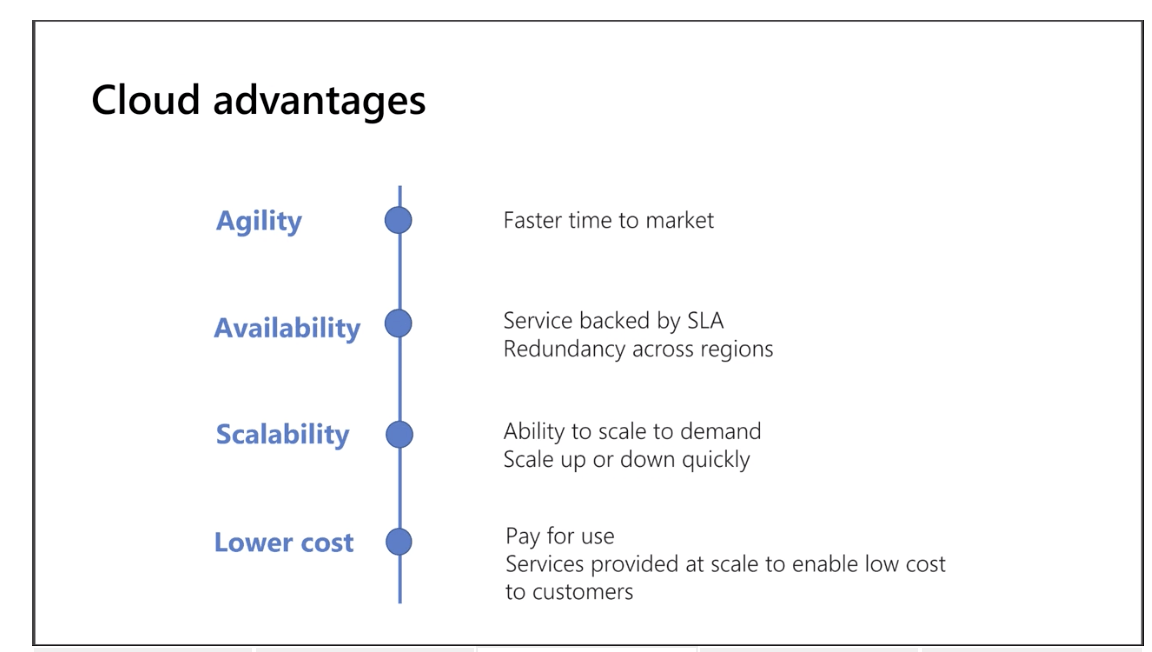
Although there is a vast amount of risk related to the move to Cloud, approaching it in the correct manner for your organisation and successfully applying your strategy is integral to long-term success, sustainability and scalability.
Segmentation and Visibility are key
Whilst there is no ‘one-size fits all’ approach to the transition to, and security of your Cloud, one of the main considerations when transitioning to a Cloud model for everyone is the segmentation of the networks and duties. The segmentation of networks allows you to increase the security of your Cloud through the means of protecting sensitive data, particularly on an access basis.
The move to Azure Cloud has a number of fundamental pillars, but segmentation is the first one as it helps to ensure that you have the parameters in place, with the needed security. When it comes to the variety of different data points you are handling, the solutions that go alongside this need to be adaptive and dynamic to ensure a successful move to Cloud.
Alongside segmentation, a key issue that a Cloud network needs to tackle is that of visibility and posture management when using a public cloud like Azure. You need control and visibility of all services and areas that are security-related (that may not be network bound at all), to prevent any misconfigurations and therefore data breaches. Processes like Cloud Security Posture Management allow you to automatically and continuously check for misconfigurations and prevent any related data breaches and leaks.
Securing the Cloud is always possible
For something that can be seen as an insurmountable task, securing the cloud is possible in a variety of ways. To cope with our current environment, it was recommended that organisations should embrace a zero-trust policy to allow them to build better security models around their Cloud. It is important to recognise that whilst you are securing your Cloud, you need to understand where the potential threats are and what a breach could mean for your organisation (demonstrated below).
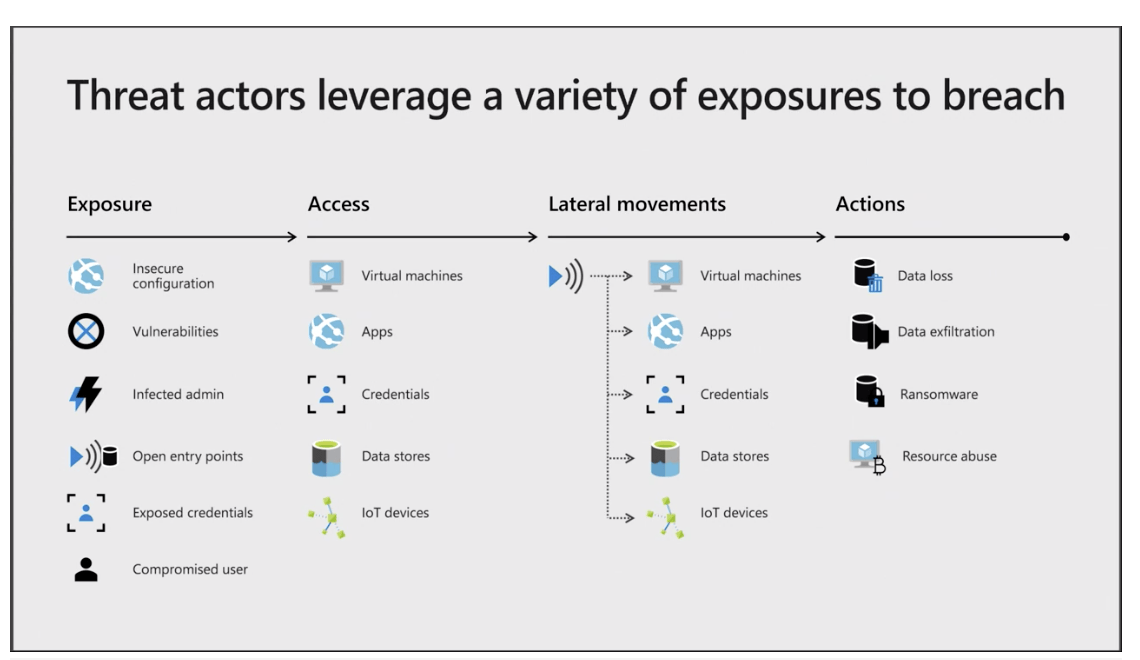
Looking at Azure, there are a number of ways in which you can successfully secure your Cloud (see in the below images), from using unique intelligence within Azure to detect threats and respond rapidly, to built-in controls which simplify security to protect even hybrid workloads.
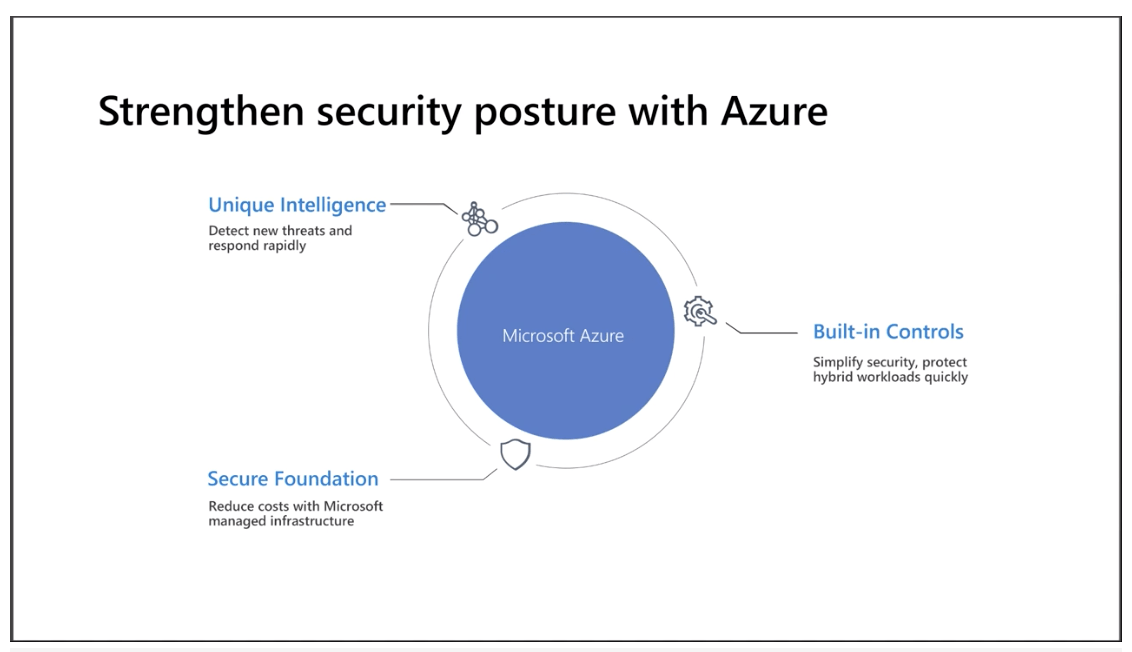
To help attendees better understand how to best to secure their Azure Cloud, a suggested blueprint (below) was provided which segmented networks, restricting access to zones with sensitive data allowing that of approved users only, thus splitting your risk and increasing security.
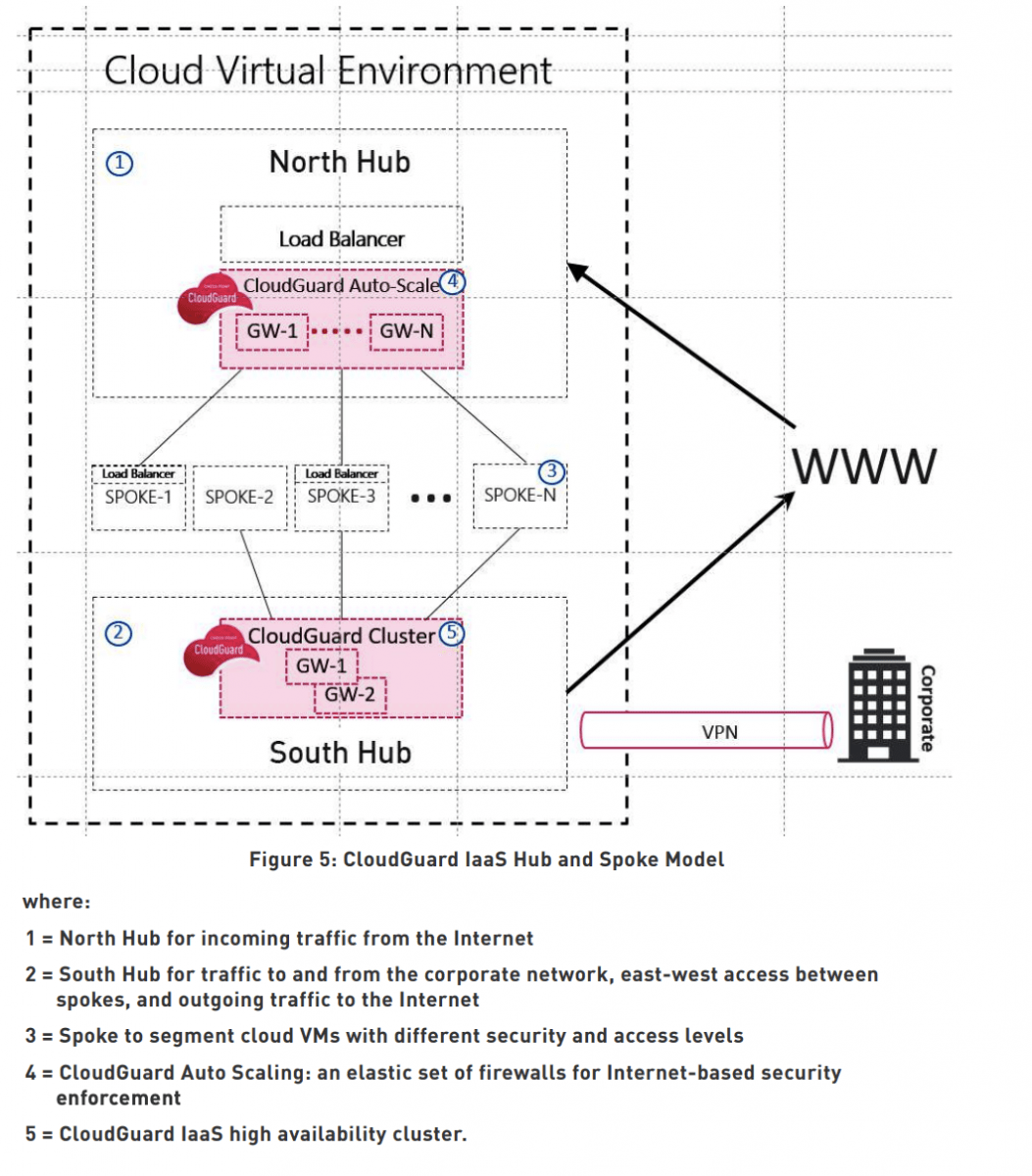
Taking the above into account, businesses need to continue to move quickly and Cloud needs to help them with that, meaning software like Azure Cloud and Check Point’s Cloud Guard are ideal for not only providing you with the ability to secure your Cloud in an adaptable, agile and scalable way but to also provide greater visibility, leading to increased security. It is no longer a question of ‘either’, ‘or’, it’s a question of ‘and’ and businesses need to act on that.
The session closed with a Q&A session and the conclusion that although there are obviously risks to moving to Cloud, the benefits far outweigh the risk as it is possible to secure your Cloud, particularly if you embrace and take advantage of your knowledge and experience as an enterprise.
Azure security and Check Point fuse together to secure your cloud and the brief teaser video below gives you an explanation as to how this works
To watch the on-demand session, simply click the below link:
As a result of the event, you can:
Download the Cloud Security Blueprint WhitePaper, co-written by Microsoft and Check Point
Run an instant cloud security assessment with the CheckMe Tool
Complete a cloud posture security assessment with CloudGuard Dome 9 to identify vulnerabilities and compliance misconfigurations
